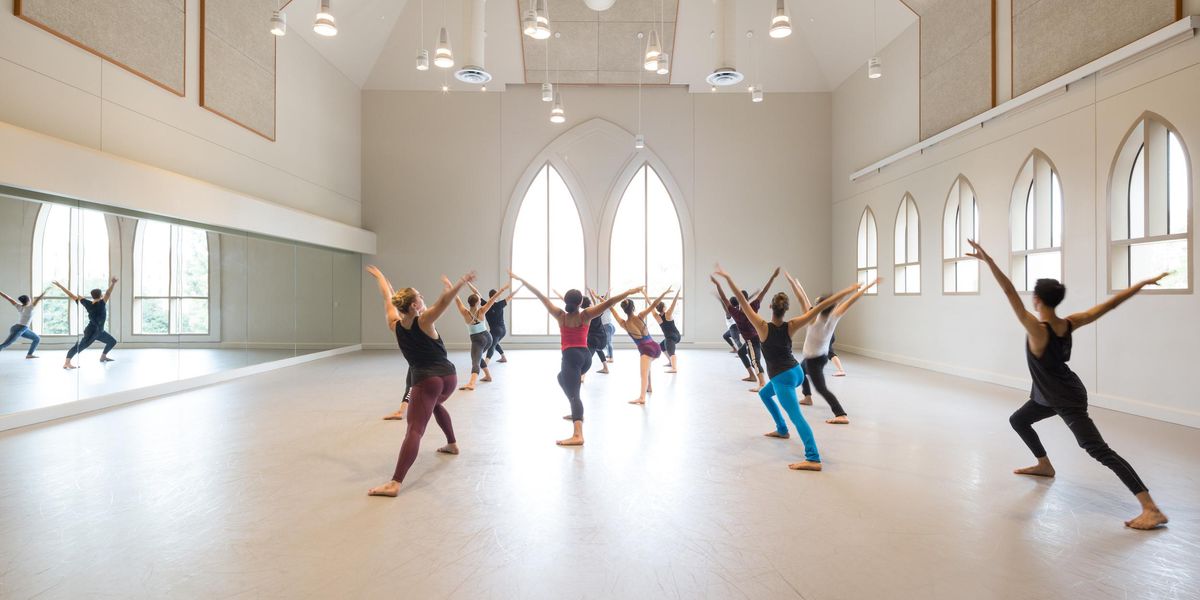Off-Off-Off Broadway
Theater bigwigs find space to play at regional houses.
Will A Bronx Tale be the next Paper Mill Playhouse–born musical to go to Broadway? Photo by Jerry Dalia, Courtesy Paper Mill Playhouse.
Ask anybody where the action is when it comes to American musicals, and of course the answer will be “Broadway.” But do a little checking, and it looks as though dancers and choreographers are just as likely to work on shows farther afield—a picturesque New England town, a beachfront community in California or a suburban shopping mall near Washington, DC. All have offered shelter to musicals aiming for Broadway, as have Chicago, San Diego and Atlanta. Professionals extol the benefits of working on shows away from Times Square. The main appeal, by general consensus, is just that.
Kathleen Marshall’s My Paris. Photo by Diane Sobolewski, Courtesy Goodspeed.
“In New York,” jokes Peggy Hickey, who is heading to Hartford Stage in Connecticut this spring to choreograph
Anastasia, “you can’t throw a rock and not hit a choreographer.” Denis Jones, who choreographed The Countess of Storyville at the University of Alabama, cites another advantage of leaving town. “When you’re in New York, you’re thinking about 18 things rather than thinking about one thing. There is something about isolating yourself in terms of the focus you can give a project. Creating something in its early stages, it’s helpful to get away.”
Bob Alwine, associate producer of Goodspeed Musicals, which has cultivated Broadway hits including
Man of La Mancha, Shenandoah and Annie, explains his organization’s appeal to those who create for the high-stakes arena of Broadway. “We’re able to give the creative team an opportunity to see the work on its feet, in front of an audience, before it’s put out for critical review,” he says. With two theaters, Goodspeed presents large-scale productions, mostly revivals, at the Goodspeed Opera House in East Haddam, Connecticut, and shows still in development in nearby Chester, at the smaller Norma Terris Theatre, which bars critics. “To have that one little safe space,” he says, “is so valuable.” Hickey puts it another way: “There have to be spaces where you can just try things, good, bad or indifferent.”
Bright Star. Photo by Joan Marcus, Courtesy Bright Star.
“It’s important to get a show up in front of real people,” says Kathleen Marshall, who has been on the move, too. First she took the Sheryl Crow musical Diner to the Signature Theatre in Arlington, Virginia; then, late last year, she moved it to the Delaware Theatre Company in Wilmington. Last summer, her other musical, My Paris, had its premiere at Goodspeed. Typically, choreographers and directors take what they’ve learned from regional audiences and sharpen their work at the next stop. Marshall is not concerned that a show that goes well out of town might not fly in New York, where shows are abundant and theatergoers are picky. “There are sophisticated audiences everywhere you go,” says Marshall. Hickey concurs: “If I tell a human story that makes people feel something, it succeeds anywhere on the planet,” she says.
And Marshall points out that being out of town, often living in a single housing complex and exploring a new city together, a company bonds “in a stronger way than when people are just running out the door at 6:05 to live the rest of their lives.” In addition, she says, “the rehearsal space is usually connected to the theater, and a lot of times you can stay as late as you want.”
Not everyone would welcome working 24/7. But there’s no business like show business. “We’re all hungry for the next great piece of theater,” Jones says. And so is Broadway, no matter where it comes from.




